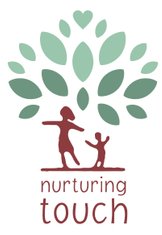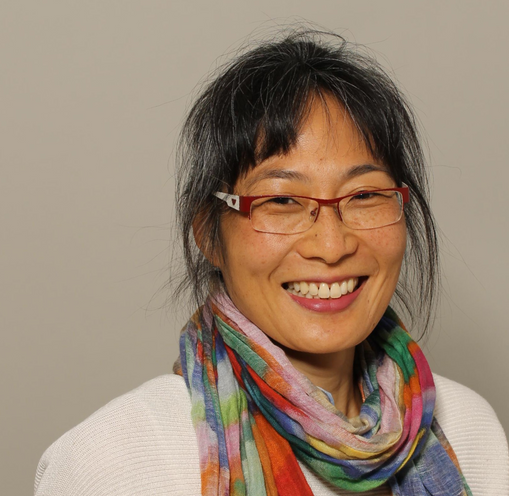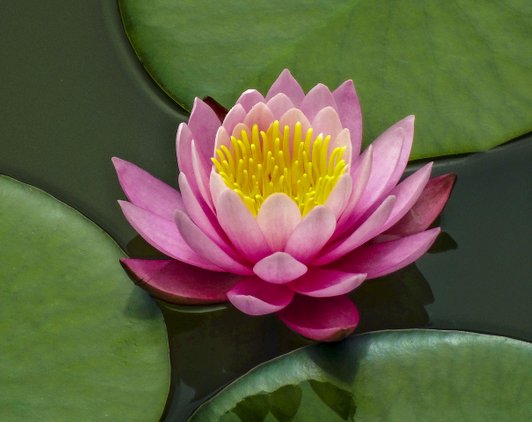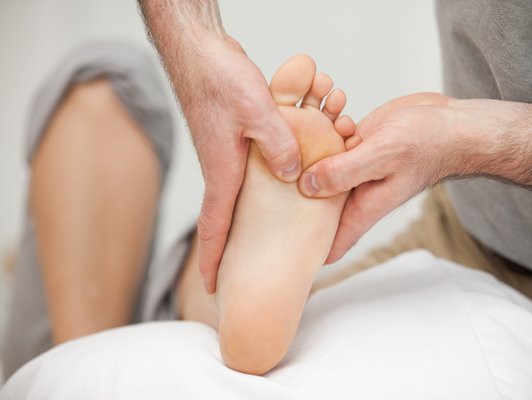Nurturing Touch
Practice for Shantala Massage
"Being touched and caressed,
being massaged,
is food for the [human being].
Food as necessary
as minerals, vitamins, and proteins..."
Adapted from Dr. Frederick Leboyer,
Loving hands: the traditional art of baby massage.
About me
My name is Kimi Uegaki. I was born and raised in Vancouver, Canada and the Netherlands has been my home since 2000. I live in Zoeterwoude with my husband and two children.
My experience and knowledge as a physical therapist provide a solid foundation for my work as Shantala baby massage instructor and Shantala massage practitioner.
I completed my Shantala baby massage teacher training at the Holos Academie in Utrecht and I am a member of the Dutch Shantala Teachers Association (Vakgroep Shantalamassage Docenten). I am committed to my professional and personal development, and have followed training in Shantala massage for adults, baby foot reflexology, Rebalancing and body-oriented therapy for children. I was awarded my Bachelor of Science in Physical Therapy degree from the University of British Columbia, Canada, and I obtained my Master of Health Science in Physical Therapy degree from the University of Indianapolis, USA.
People who know me describe me as professional, open, enthusiastic, empathetic, caring and friendly. I look forward to meeting you.
About the Shantala approach
Shantala baby massage originated in India where baby massage has been a part of the daily care routine for centuries. In India, it is wisdom that is passed down from mother to daughter.
Shantala baby massage was brought to the West in the 1970’s by a French physician named Frederick Leboyer. He had been walking through the streets in one of the slums of Calcutta when he happened to spot a mother massaging her baby outdoors. What struck him was the peacefulness and beauty of the interaction, which contrasted drastically with the surroundings. The mother’s name was Shantala and she consented to teaching Leboyer about the massage she was performing.
Leboyer published what he learned in a book entitled, “Loving hands: the traditional art of baby massage”. He summarized the importance of touch as such:
“Being touched and caressed, being massaged, is food for the infant. Food as necessary as minerals, vitamins, and proteins. Deprived of this food, the name of which is love, babies would rather die. And they often do.”
His observations have been confirmed by research.
Shantala baby massage is a slow, gentle, rhythmic massage. It is based on attentive, loving and respective touch. It is performed with awareness and a sincere wish to be in contact and connection with another.
In The Netherlands, Shantala baby massage has been adapted for other age groups (i.e. toddlers, children and adults) and persons with special needs. All forms of Shantala massage are based on the Shantala approach:
Repeating and slowing down our actions.
Attention and connection.
Full surrender to the NOW.
Security and tenderness.
Touch and communication.
Love and trust.
For more information about the different forms of Shantala massage and the Shantala vision, please visit the website of the Dutch Association for Shantala Massage Instructors (Vakgroep Shantalamassage Docenten; www.shantala.nl).
Baby and child foot reflexology massage are gentle forms of reflexology.
The basis for foot reflexology can be found in ancient China, Egypt and India. The modern form of foot reflexology was developed in the USA around 1915 by William Fitzgerald, a physician, and Eunice Ingham, a physical therapist, as they sought to "treat the organs from a distance" by what they referred to as "zone therapy".
In zone therapy, there are 10 energy zones that run the length of the body. It is based on observations that places on or in the body that are far apart from each other can still influence each other. In the 1930's, Ingham developed Fitzgerald's work further. She determined the relationship between different areas of the foot and the various zones of the body. That is, she investigated how each organ and body part was connected to a specific point on the foot. During her treatments, she concentrated solely on the feet.
The 10 energy zones run the length of the body from the head to the toes and via the arms to the hands. When we are healthy, our life energy (i.e. qi or chi) flows freely through these zones. Negative influences such as illness, stress or overstimulation can block the flow of life energy. The blockages can be identified by applying pressure on the reflex zones. Massaging the reflex zones with light pressure stimulates the nervous system and helps to break down the blockages.
Foot reflexology has a number of positive effects on the body:
- it can help bring the body into balance by stimulating systems that are sluggish and calming overactive ones
- facilitating the body's self-healing capacity
- improving circulation and energy flow
- boosting the immune system and improving the flow of the lymph system
- improving the delivery of nutrients and oxygen to the body's cells
- improving the removal of waste products, which helps detoxify the body
- stimulates the release of endorphines, which helps relieve pain and improves mood




